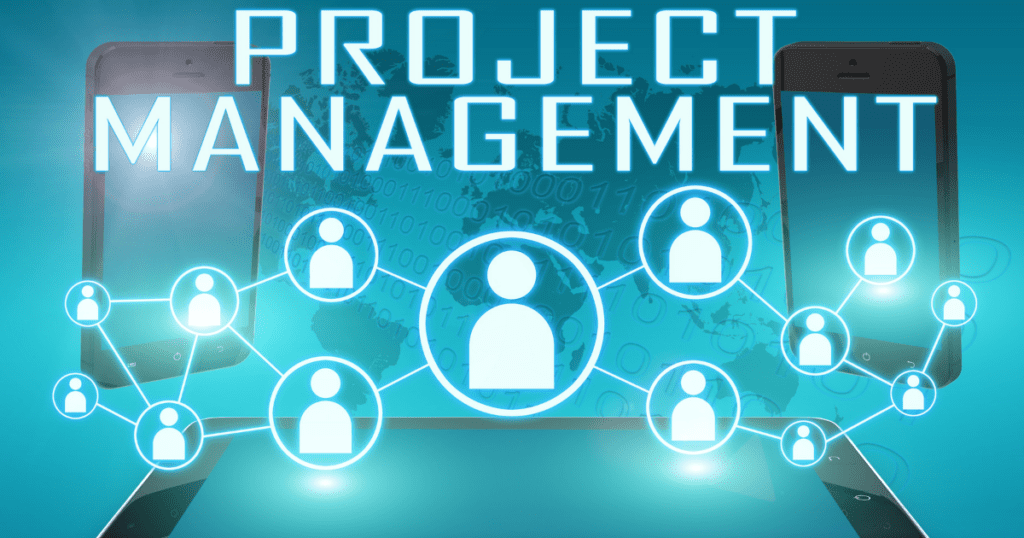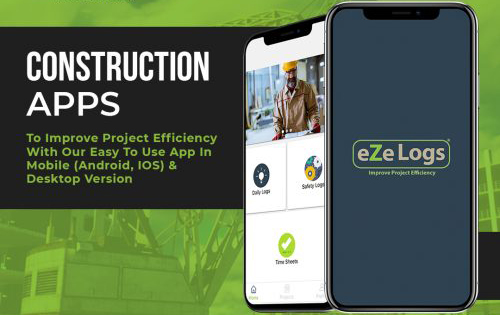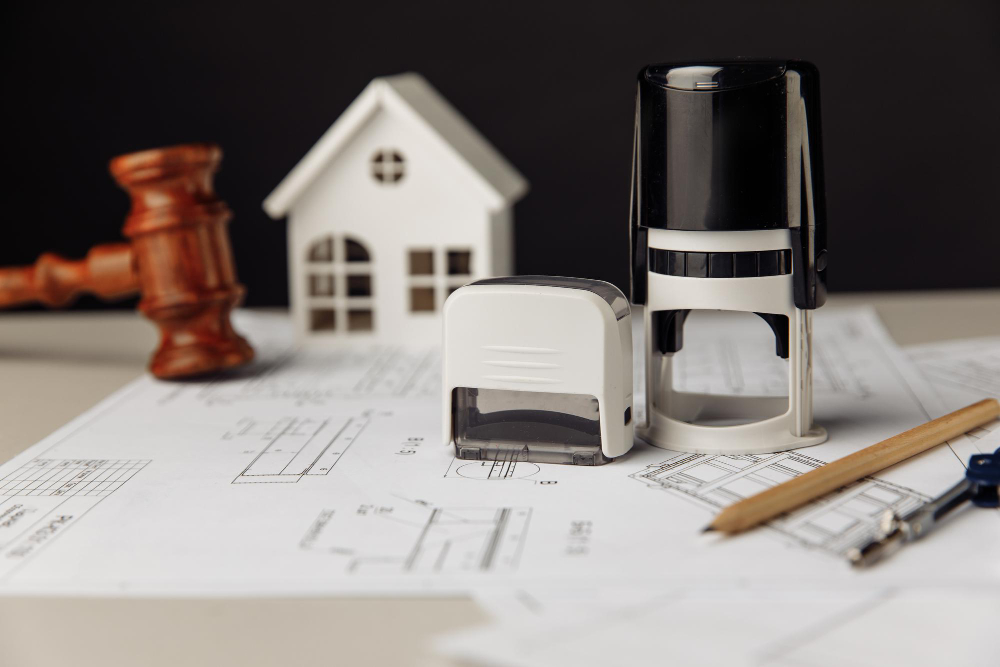As construction industry technologies advance, so too do project management tools that ensure successful results. As this industry develops further, effective project management tools become ever more necessary to keep pace. As digital technology becomes more ubiquitous, online project management tools are becoming more widely utilized to oversee construction projects of all sizes.

2023 will bring with it an abundance of project management tools, making the selection of one for your construction project difficult. This article will give an overview of key considerations when selecting an online project management tool for your construction project in 2023.
We’ll review features to look out for, costs associated with using it and user experience considerations; by the time this article concludes you should have a firmer grasp on selecting an effective online project management solution to use for your construction endeavor in 2023.
Review Project Needs and Determine Requirements
As part of your assessment of project requirements, it is critical that you carefully consider its scope, timeline, available resources and desired result.
Scope of Project: All stakeholders involved should have an in-depth knowledge and understanding of its scope; this includes objectives, deliverables and any constraints or limitations of the project.
Timeline: An ambitious timeline should be created in order to guarantee timely completion of the project, including milestones and deadlines for each task.
Resources: When allocating available resources such as personnel, equipment and materials it’s essential that they are identified accurately and allocated in an equitable fashion. This may involve personnel identification as well as equipment procurement.
Outcome: All stakeholders involved must clearly establish and accept a desired outcome that includes measurable goals and objectives.
Explore Features and Functions
As part of an evaluation process for features and functionality, it’s vital that one takes into account both its purpose and user experience when considering features and functionalities. Usability considerations, performance issues, security needs and overall quality should all be factored into product decisions.
Considerations should also be given to the product’s scalability, compatibility with existing systems, and ability to meet specific customer needs. Furthermore, cost, support services available and updates must all be carefully assessed prior to making a selection decision.
Final considerations when purchasing products should include their impact on the environment and sustainability issues. By carefully considering these elements, an informed decision about its features and functionality can be reached.
Consider Your Budget with online project management
When creating a budget, it is crucial to take account of all aspects of income, expenses and savings goals. Begin by calculating the total monthly income including wages or investments as well as rent payments, utilities costs, groceries costs and debt payments
Do it before listing all of your monthly expenses such as rent payments utilities groceries debt payments etc and subtract this number from your total income amount to determine how much money remains each month for savings goals or debt payments etc.
Next, determine how much of your remaining income to save each month. Think carefully about any long-term goals such as retirement or making down payments on houses; calculate how much needs to be set aside each month towards that end goal before allocating what remains for daily expenses.
Establishing a budget can help keep you financially stable and help reach your savings goals. By carefully considering all income, expenses and savings goals in creating the budget that is tailored specifically for you.
Assess Ease of Use and Accessibility
Ease of use and accessibility are integral parts of evaluating any product or service, making an assessment crucially dependent upon considering user experience, user interface design and overall product or service design. To assess these factors properly. it’s crucial that one takes into account user experiences, user interface designs as well as overall designs for any given product or service to properly gauge these qualities.
User experiences should be intuitive and user-centric, offering clear instructions and guidance. User interface should be straightforward to navigate and understand with minimal complexity, and overall design should feature visual appeal as well as logical structure and flow.
Accessibility must also be kept in mind: any product or service should be accessible to all users regardless of physical or cognitive ability; this means providing support for assistive technologies like screen readers as well as meeting relevant accessibility standards.
Assessing ease of use and accessibility allows providers to ensure their product or service meets user requirements and is usable and available across a range of users.
Assess Security and Data Privacy Compliances.
Security and data privacy are integral parts of any system that stores, processes, or transmits sensitive data. Security measures serve to secure against unapproved access while data privacy safeguards protect individuals whose personal information is being collected or stored.
Security measures typically include four components of security: authentication, authorization, encryption and access control. Authentication involves verifying the identity of users or systems while authorization grants resources based on these identities; encryption allows data only accessible by authorized readers while access control restricts resources based on users and privileges;
Data privacy measures typically involve data minimization, retention, destruction and protection measures. Data minimization entails gathering only what data is essential to fulfill a specific task.

Data retention refers to keeping records for an agreed-upon amount of time; destruction refers to securely deleting information when no longer required while data protection refers to safeguarding from unapproved access, alteration or destruction.
Security and data privacy are critical in order to safeguard sensitive information while respecting individuals’ right to privacy. Organizations should implement appropriate security and data privacy measures so as to keep their systems secure while also guaranteeing the protection of individuals’ personal data.
The Bottom Line
Selecting an online project management tool in 2023 depends upon several factors including project size and complexity, budget availability, specific project needs and user experience/support offered by vendors. By taking time to explore and compare various tools available you can be certain you select the ideal online project management solution for your construction project in 2023.


